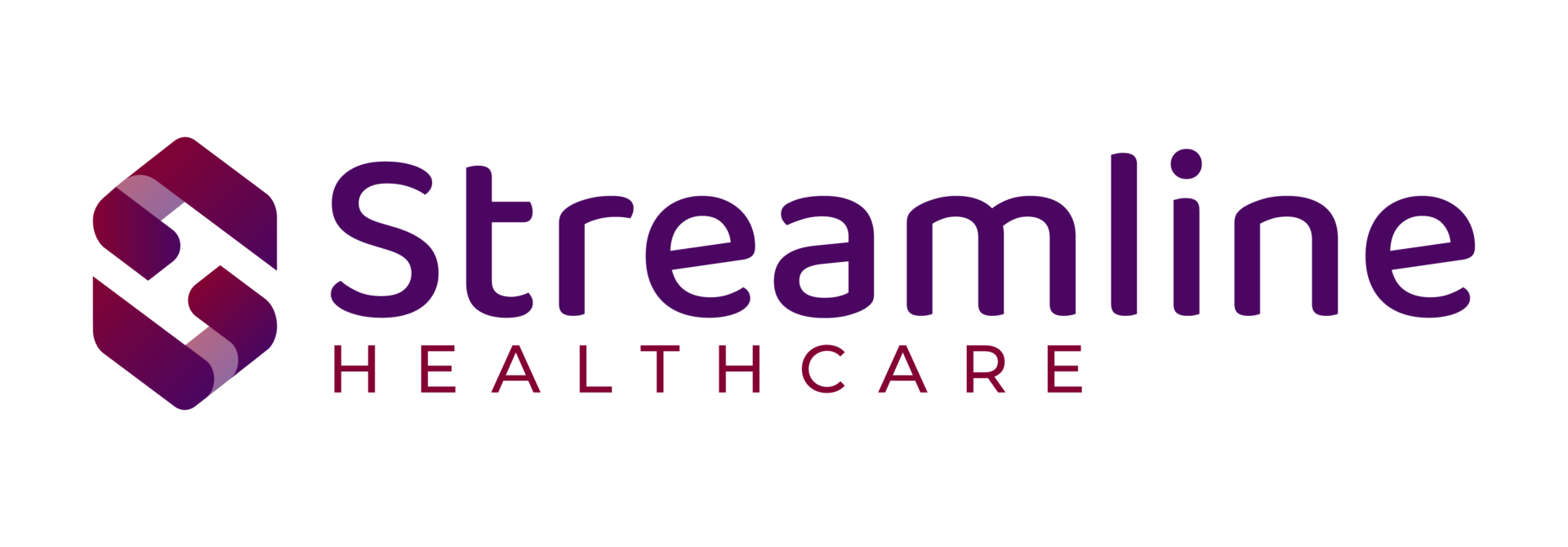For behavioral health providers, offering telehealth services has never been easier. Federal health officials have relaxed many HIPAA rules to encourage providers to offer more telehealth services during the COVID-19 pandemic.
This is good news for behavioral health providers who have been wanting to launch telehealth services but are concerned about staying compliant with HIPAA rules. Here is what the policy changes, including increased HIPAA flexibility, mean for your practice.
HIPAA Changes During the COVID-19 Public Health Emergency
Under a Notification of Enforcement Discretion issued by the Department of Health and Human Services Office for Civil Rights, providers can use a wider range of applications in their telehealth services.
Providers may use many different “non public-facing” apps without being subject to penalties for HIPAA violations. This applies to both video and text-based applications.
Some of the video applications available to behavioral health providers include:
- Apple FaceTime
- Facebook Messenger video chat
- Google Hangouts video
- Zoom
- Skype
The text-based applications that behavioral health providers can use include:
- Signal
- Jabber
- Facebook Messenger
- Google Hangouts
- iMessage
However, providers still are not permitted to use “public-facing” applications and platforms to provide one-on-one behavioral health services. These include:
- Facebook Live
- YouTube Live
- Twitch
- TikTok
Although HIPAA requirements have been relaxed during the length of the COVID-19 Public Health Emergency, behavioral health providers who want to continue offering telehealth services may want to implement fully HIPAA-compliant protections. In those cases, it is important to work with technology vendors who are knowledgeable of, and fully compliant with, HIPAA rules. This includes technology partners who are familiar with HIPAA business associate agreements and who are willing to enter into such an agreement when providing their products to health providers.
Some of these vendors include:
- Skype for Business
- Zoom for Healthcare
- Google G Suite Hangouts Meet
- Amazon Chime
- GoToMeeting
- Spruce Health Care Messenger
Telehealth Waivers for Medicare
As part of the efforts to encourage telehealth during the COVID-19 Public Health Emergency, the Centers for Medicare & Medicaid Services (CMS) is also making it easier for behavioral health clients enrolled in Medicare to provide telehealth services.
As part of the eased restrictions, CMS is not enforcing established relationship requirements. This is part of the effort to help clients avoid traveling to providers’ offices, clinics, and other facilities. To the extent that the waiver requires clients to have a prior established relationship with a particular practitioner, the Department of Health and Human Services (HHS) will not conduct audits for claims submitted during the public health emergency.
CMS has expanded the services that can be provided remotely, including depression screening, group psychotherapy, and certain types of behavioral health counseling. CMS is also allowing more visits, including behavioral health counseling, to be conducted by telephone rather than requiring both audio and video. Visit the CMS List of Telehealth Services for the full list of services.
Providers are also allowed to offer telehealth services to Medicare beneficiaries who are located in their homes and outside designated rural areas.
In many cases, telehealth visits are now being reimbursed at the same rate as in-person appointments for the duration of the public health emergency. Generally, any provider who is eligible to bill Medicare for their professional services is currently permitted to bill for telehealth.
CMS has allowed clinicians to practice across state lines in many cases. However, this is still subject to the requirements of the states involved, both the state where the behavioral health provider is located and where the client is located. The states have varying expiration dates for this waiver. For more information, see the Federation of State Medical Boards PDF list of states waiving in-state licensure requirements for telehealth during the COVID-19 Public Health Emergency.
When physician supervision of services is required, those physicians are currently allowed to supervise services through audio and video communication. During the COVID-19 emergency, supervision is not limited to in-person.
Hospitals may use telehealth to provide behavioral health and education services, delivered by hospital-employed professionals who cannot bill Medicare directly. This includes partial hospitalization services, and can be furnished when the beneficiary is in their home. A downloadable PDF is available for further guidance for hospitals.
For more information, check out this public video that CMS has released to answer common questions about the expanded Medicare telehealth services benefit under COVID-19.
Relaxed Rules for Federally Qualified Health Centers (FQHCs) and Rural Health Centers (RHCs)
For the duration of the COVID-19 Public Health Emergency, FQHCs and RHCs are permitted to provide telehealth services wherever clients are located, including their own homes. Such services include some audio-only telephone evaluation and management services. RHCs and FQHCs also have fewer requirements for providing visiting nursing services to beneficiaries’ homes.
For more information about the eased requirements for FQHCs and RHCs, download the PDF document, “Rural Health Clinics (RHCs) and Federally Qualified Health Centers (FQHCs): CMS Flexibilities to Fight COVID-19,” from the CMS website.
Cost-sharing Flexibilities for Clients in Federal Healthcare Programs
The relaxed rules also means that providers will not be subject to administrative sanctions if they reduce or waive any cost-sharing obligations for telehealth services paid for by federal or state programs. However, the arrangements must satisfy two criteria:
- The practitioner reduces or waives cost-sharing obligations, such as deductibles, that a beneficiary may owe for telehealth services furnished consistent with the then-applicable coverage and payment rules
- The telehealth services are delivered during the time period of the COVID-19 public health emergency declaration
Additional information is available through these downloadable PDFs:
- OIG Policy Statement Regarding Physicians and Other Practitioners That Reduce or Waive Amounts Owed by Federal Health Care Program Beneficiaries for Telehealth Services During the 2019 Novel Coronavirus (COVID-19) Outbreak
- HHS OIG Policy Statement on Practitioners That Reduce, Waive Amounts Owed by Beneficiaries for Telehealth Services During the COVID-19 Outbreak
- FAQs—OIG Policy Statement Regarding Physicians and Other Practitioners That Reduce or Waive Amounts Owed by Federal Health Care Program Beneficiaries for Telehealth Services During the 2019 Novel Coronavirus (COVID-19) Outbreak
No one is sure how long the COVID-19 public health emergency will last, or what long-term effects it could have on health policy. It may lead to many permanent changes to telehealth policy.
Now could be the best time for you to initiate your telehealth program? With the right partner, you can launch telehealth services, integrate them into your EHR, and create the best workflow for your practice and your clients. Contact Streamline Healthcare Solutions today to get more information on how you can start implementing telehealth services.




